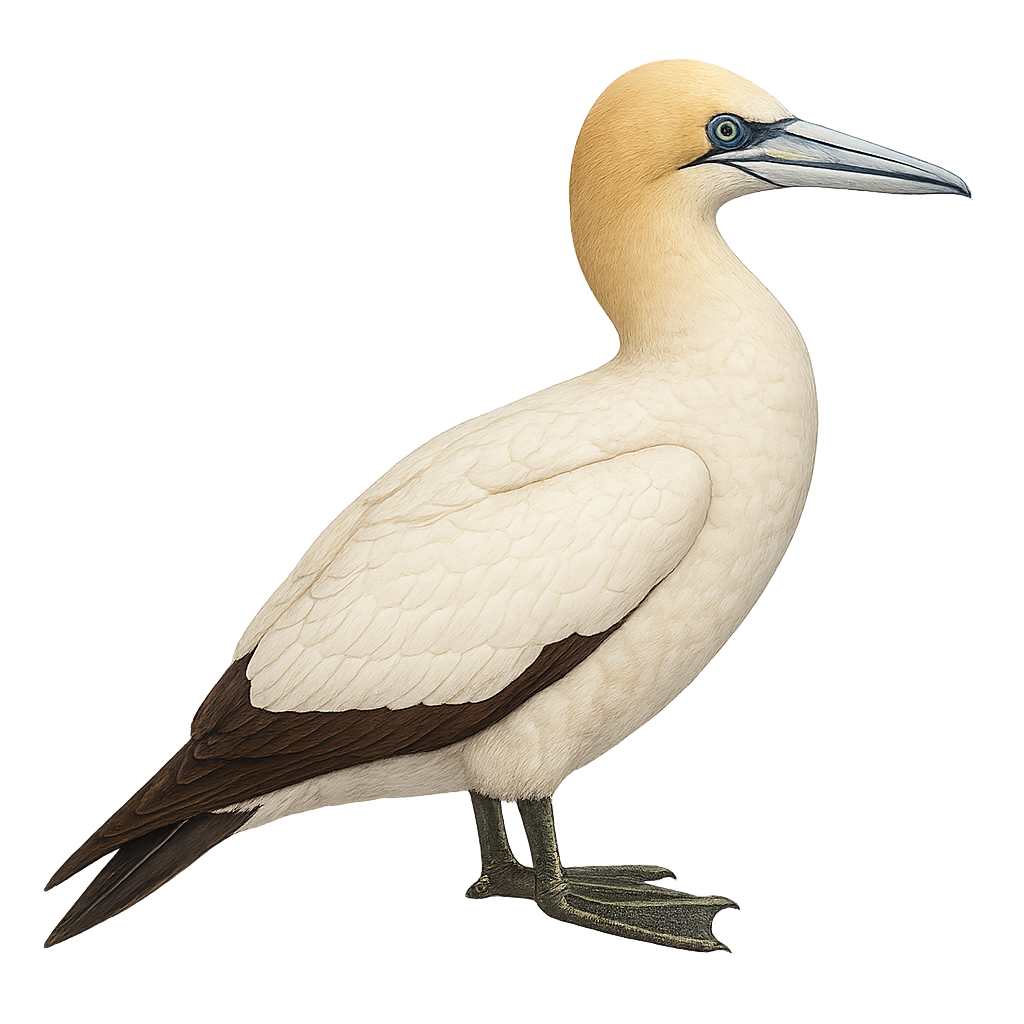Your wildlife photography guide.
Explore the cape gannet in detail, study its behavior, prepare your shots.
Where to observe and photograph the cape gannet in the wild
Learn where and when to spot the cape gannet in the wild, how to identify the species based on distinctive features, and what natural environments it inhabits. The WildlifePhotographer app offers tailored photography tips that reflect the cape gannet’s behavior, helping you capture better wildlife images. Explore the full species profile for key information including description, habitat, active periods, and approach techniques.
Cape Gannet
Scientific name: Morus capensis

IUCN Status: Least Concern
Family: SULIDAE
Group: Birds
Sensitivity to human approach: Suspicious
Minimum approach distance: 10 m
Courtship display: September to November
Incubation: 42-46 jours
Hatchings: October to December
Habitat:
Rocky coasts, islands, cliffs
Activity period :
Primarily active during the day, with peak activity in the morning and late afternoon.
Identification and description:
The Cape Gannet, or Morus capensis, is a striking seabird native to the southern African coasts. With its bright white plumage, vivid yellow head, and piercing blue eyes, it is a captivating sight in flight, boasting long, slender wings. An exceptional diver, it feeds primarily on fish, which it catches by plunging at high speed into the ocean. Cape Gannet colonies are often noisy and lively, providing an impressive visual and auditory spectacle. They nest in large colonies on rocky islands, building rudimentary nests from various materials. Although their population is stable, they are vulnerable to environmental changes and overfishing, which can impact their food supply.
Recommended lens:
400mm – adjust based on distance, desired framing (portrait or habitat), and approach conditions.
Photography tips:
To photograph the Cape Gannet, it is advisable to use a 400mm lens or longer to capture detailed images without disturbing the birds. The best opportunities arise during their spectacular dives or colony life scenes. Opt for the golden hours of morning or evening to benefit from soft, flattering light. Be patient and discreet to avoid scaring the birds, and always respect the recommended safety distance to preserve their tranquility.
The WildlifePhotographer App is coming soon!
Be the first to explore the best nature spots, track rutting seasons, log your observations, and observe more wildlife.
Already 1 430 wildlife lovers subscribed worldwide

